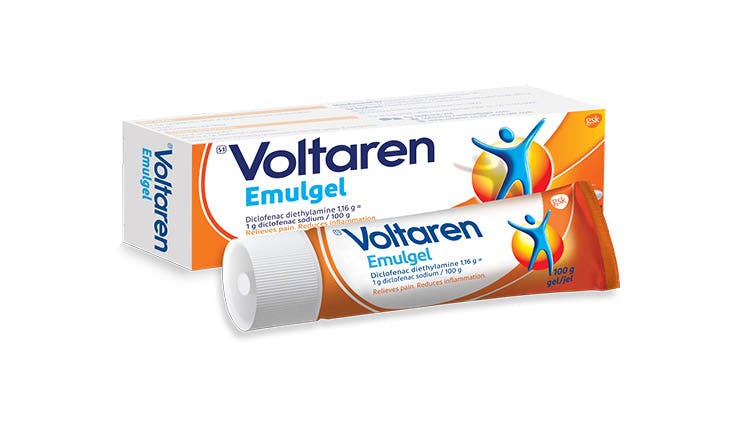Back pain: Signs and symptoms

Recognising back and neck pain
Back pain can be treated symptomatically but it is important to first rule out any underlying conditions that require attention from a physician.
- Upper and middle back pain may present as aching, stiffness or sharp/burning sensations in that area1
- Symptoms of lower back pain typically include tension/stiffness or soreness in that area1
Understanding back pain
Overview of sprains and strains
Find out about how prevalent sprains and strains are, and meet two patients with these problems.
Learn more

Voltaren Emulgel for strains and sprains
Relieves pain, reduces inflammation and speeds up the natural healing process.5–7

Managing mild to moderate pain in your pharmacy
Helping your customers choose the most appropriate pain reliever.

The role of Calpol Tablets and Voltaren Emulgel In managing your Customers pain.
A customer in pain is one of the most common presentations seen in pharmacy practice. Although there are a vast number of conditions that cause mild to moderate pain, many of them can be effectively managed by over-the-counter (OTC) pain relievers.